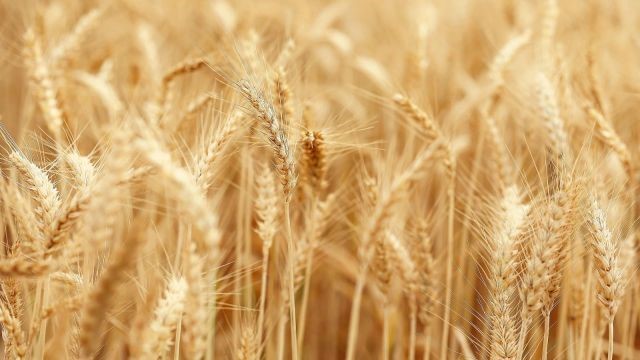Farmers’ Share in Consumer Prices for Rabi Crops

- 02 Mar 2025
In News:
The Reserve Bank of India (RBI) conducted a comprehensive pan-India survey during May–July 2024 to assess the farmers’ share in consumer prices for 12 major rabi crops. The survey spanned mandis and villages across 86 centres in 18 states, and included detailed inputs from farmers, traders, and retailers, with over 10,699 respondents.
Key Findings:
- Farmers’ Share in Consumer Prices:
- Ranged between 40% and 67% across rabi crops.
- Wheat farmers received the highest share (67%), attributed to its status as a notified commodity under the public procurement system; about 25% of wheat farmers sold at Minimum Support Price (MSP).
- Rice farmers received 52%, a figure consistent over previous surveys (49% in 2018, 45% in 2022), indicating stability.
- In pulses, lentil (masoor) farmers earned 66%, and gram (chana) farmers earned 60% of the retail price.
- In oilseeds, mustard farmers received 52%, slightly lower than the 55% found in a 2021 study.
- Perishables vs Non-Perishables:
- Fruits and vegetables showed lower farmer share (40–63%), due to their perishability, seasonal production, and logistical challenges.
- The combined markup of traders and retailers exceeded 50% in most perishable crops (except tomatoes).
- Perishables face higher post-harvest losses, quality variation, and price volatility due to climate dependency and demand-supply fluctuations.
Supply Chain and Payments:
- The agriculture supply chain remains unorganized, especially for fruits and vegetables, with multiple intermediaries reducing transparency in pricing, logistics, and fund flows.
- Retailer markups were typically higher than those of traders. An empirical analysis showed that:
- Higher transaction costs (e.g., transport, labour) reduce retailer markups.
- High post-harvest losses in perishables allow markups to be passed on to consumers.
Digital Transactions:Though cash transactions still dominate, the adoption of electronic payments saw a significant rise in 2024 across all stakeholders compared to previous surveys in 2018 and 2022.
Policy Implications:
- A higher farmers’ share is essential to:
- Enhance farm incomes
- Incentivise crop diversification, particularly from cereals to pulses and oilseeds
- Improve transparency in the agri-supply chain
- Strengthening public procurement, digital infrastructure, and organised logistics are vital for ensuring fair price realisation by farmers.
